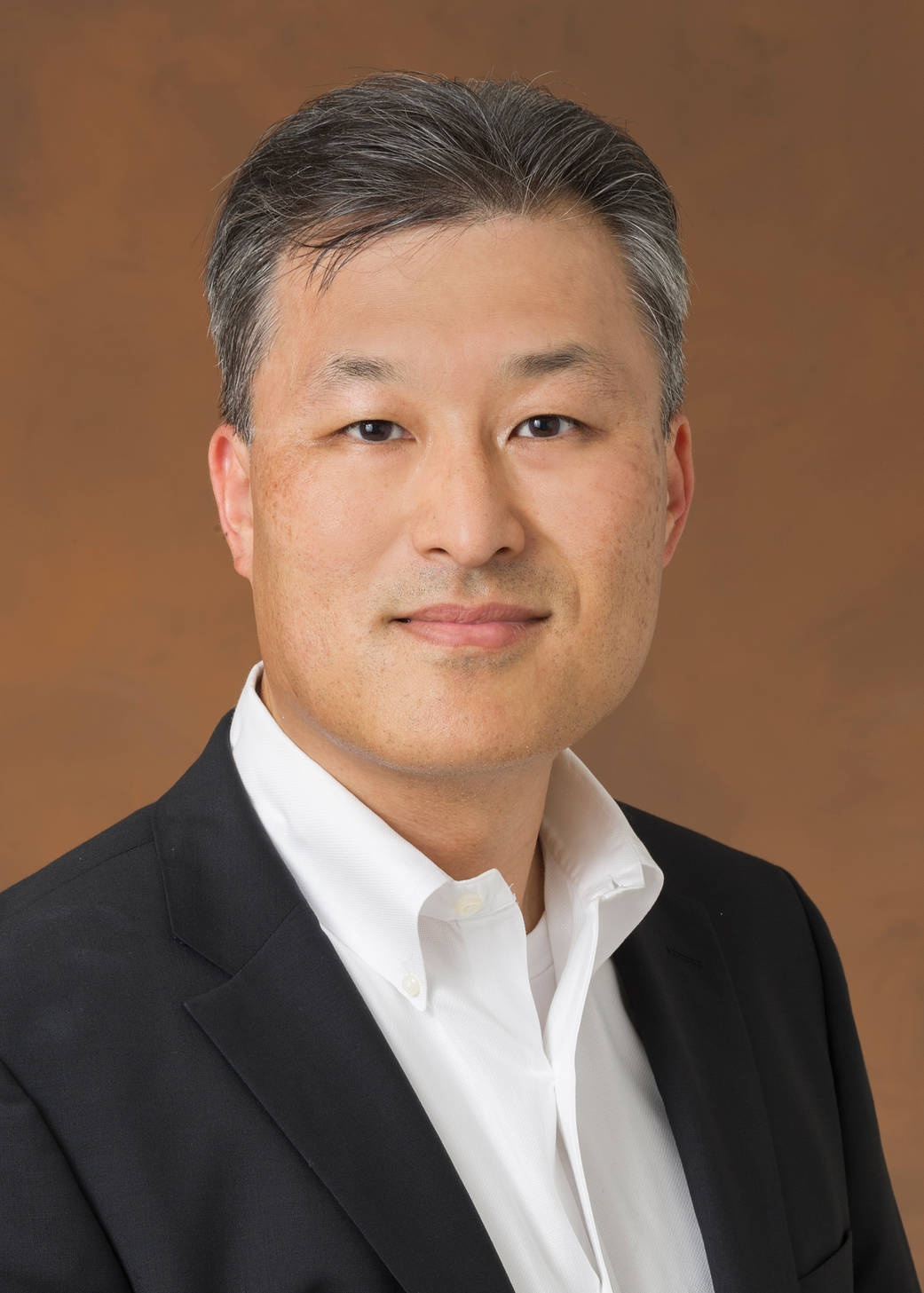Brian Lim is among the many who worked on NASA’s VITAL (Ventilator Intervention Technology Accessible Locally), a ventilator designed, built and tested in five weeks specifically to meet the needs of the COVID-19 pandemic. Lim is the Technology Infusion Group supervisor at NASA’s Jet Propulsion Laboratory in Pasadena, California. He is highlighted as part of our celebration of Asian American Pacific Islander Heritage Month.
Lim works at a JPL, a place known for building robots for space explorations and says: “My primary responsibility on VITAL was finding an industry partner to get inputs for the JPL ventilator design’s compatibility with high volume production manufacturing. These [robots] are assembled by a team of incredibly talented technicians; only a few robots are built by hand by many people over several years. Therefore, we wanted to make sure that our design can be built efficiently in standard robotic production lines; machines for saving many people manufactured in high volume through an assembly line of robots. We found tremendous support for our task from industry, and we were able to get valuable inputs that will make sure that the VITAL system can scale for high volume manufacturing. I also helped different task leaders on the project find engineers as needed and improve efficiency given the COVID-19 constraints. One of these efforts led to the use of telerobots at the lab for engineers who needed to contribute remotely. These telerobots also helped our team collaborate with medical doctors working at the front lines of COVID-19 pandemic at the Mount Sinai Hospital in New York City.
“The VITAL project demonstrated something that makes working for NASA at JPL so special, and I believe this resonates beyond the AAPI community because during this crisis response task, everyone united to be one community. Also, “Dare Mighty Things” is posted in many places around the lab. It is a short phrase from a speech given by President Teddy Roosevelt, often called “The Man in the Arena.” This speech reminds us to be a doer, not a spectator or even worse, a critic! It is a reminder to participate with sweat and blood, struggling courageously, making mistakes, learning from them, and making things better towards a worthy cause. Many engineers on the VITAL project worked incredibly long hours and through many weekends … because we believed that we could dare to do something that could save lives!
“I immigrated to the U.S. at an early age, and as common to many Asian families, I was raised to value academic achievements. This push definitely helped me earn my engineering degrees at MIT and get hired at JPL. Over the years, I have noticed that my traditional Asian influence enables me to sincerely appreciate the value of knowledge and experience held by my seniors, and the American influence keeps me open to new ideas and technologies that the younger folks bring to my attention. The Asian and American combination helps me see interesting opportunities when the old and new information come together!
“I supervise the Technology Infusion Group in JPL’s Payloads and Small Spacecraft Mechanical Engineering Section. Our group supports the mechanical engineering of mission enabling technologies, helping mature them up the Technology Readiness Level scale. Some examples of technology tasks that the group has supported are: interplanetary CubeSat technology for MarCO, compact deployable Ka band antenna for RainCube, large bulk metallic glass optical edges for Starshade, and lightweight mechatronics for the Mars Helicopter. My first task at JPL was supporting the Wide Field Planetary Camera for the Hubble Space Telescope in 1988, and I also worked on the Hubble Space Telescope Repair Mission. Astronaut Jeff Hoffman used my hardware in space for this mission, and he is now the Deputy Principle Investigator of MOXI, an instrument built at JPL that will generate oxygen on Mars as a payload on NASA’s Mars 2020 Perseverance.”
#AAPI
Image Credit: NASA


























